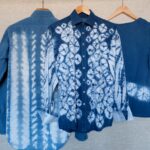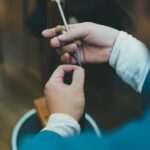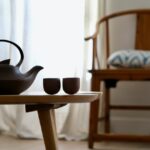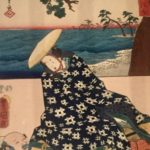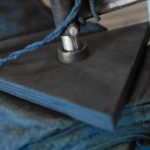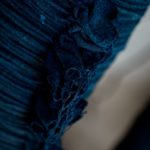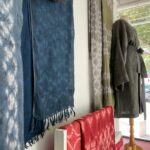
For aesthetes who are looking for originality, Atelier Mei Line is an exclusive brand that dresses the home and its inhabitants. The antique fabrics I use are part of the trousseaux that women used to embroider and finish before getting married. They have embedded stories: people made love in them, babies where born in them. Those precious fabrics are still found forgotten in attics, particularly in Provence, where I live and work, and where all the transformations takes place. The fabrics are patterned with ancestral techniques and dyed with plant based natural dyes. They are then produced into timeless, empowering and durable clothing and home wear. I am grateful to be able to present my work here, which represent an sample of this spring and summer’s production Français:…



